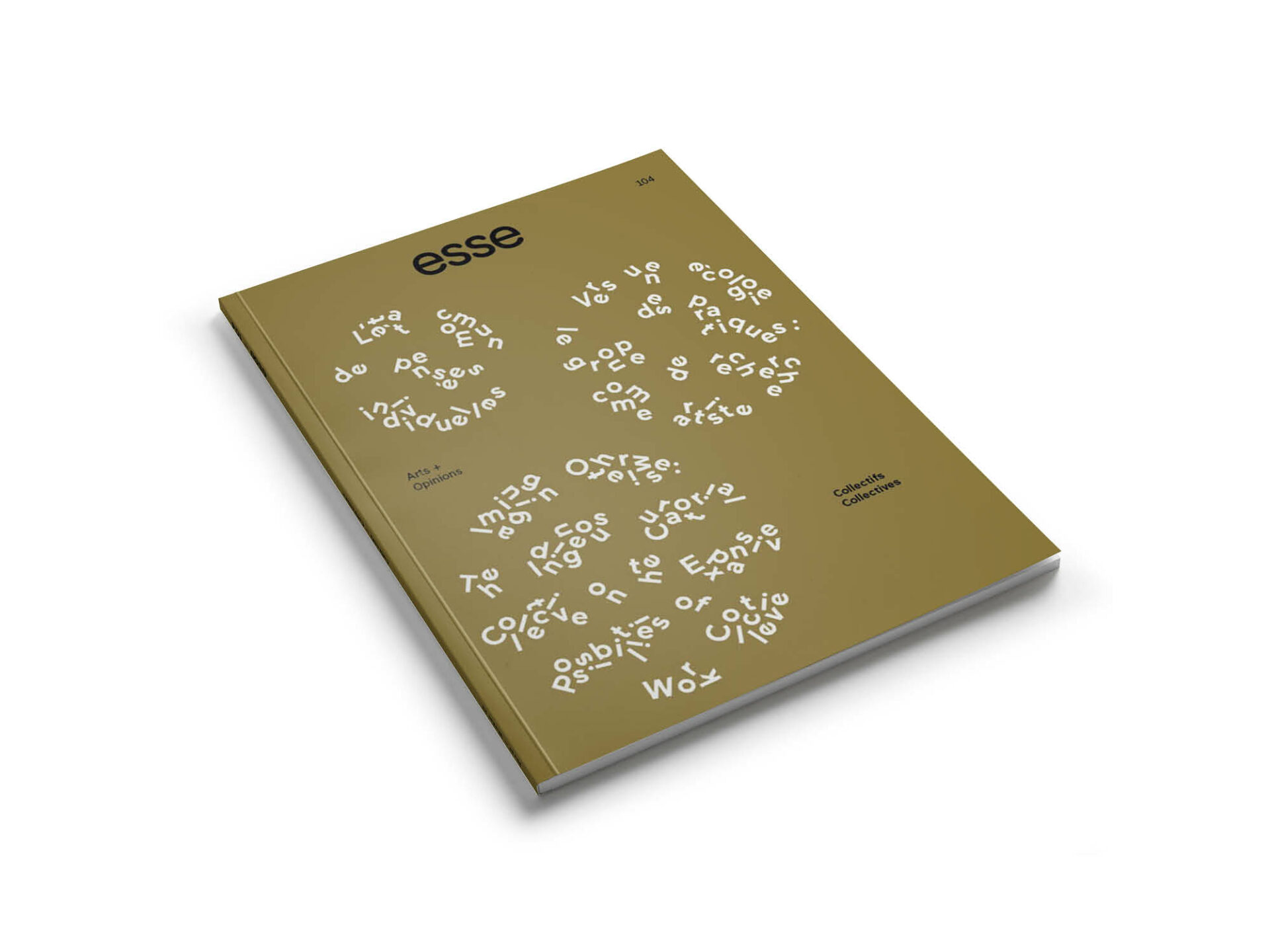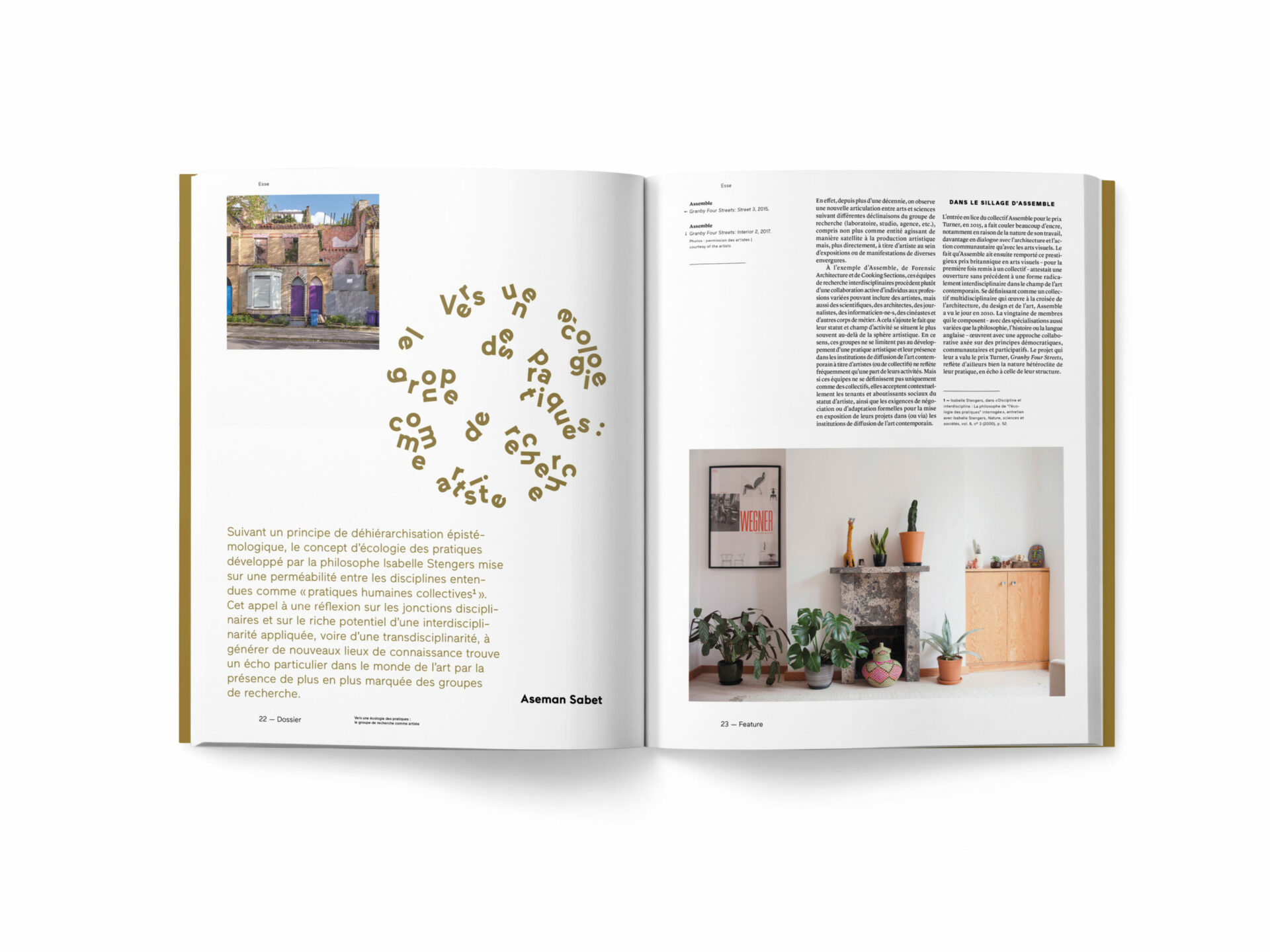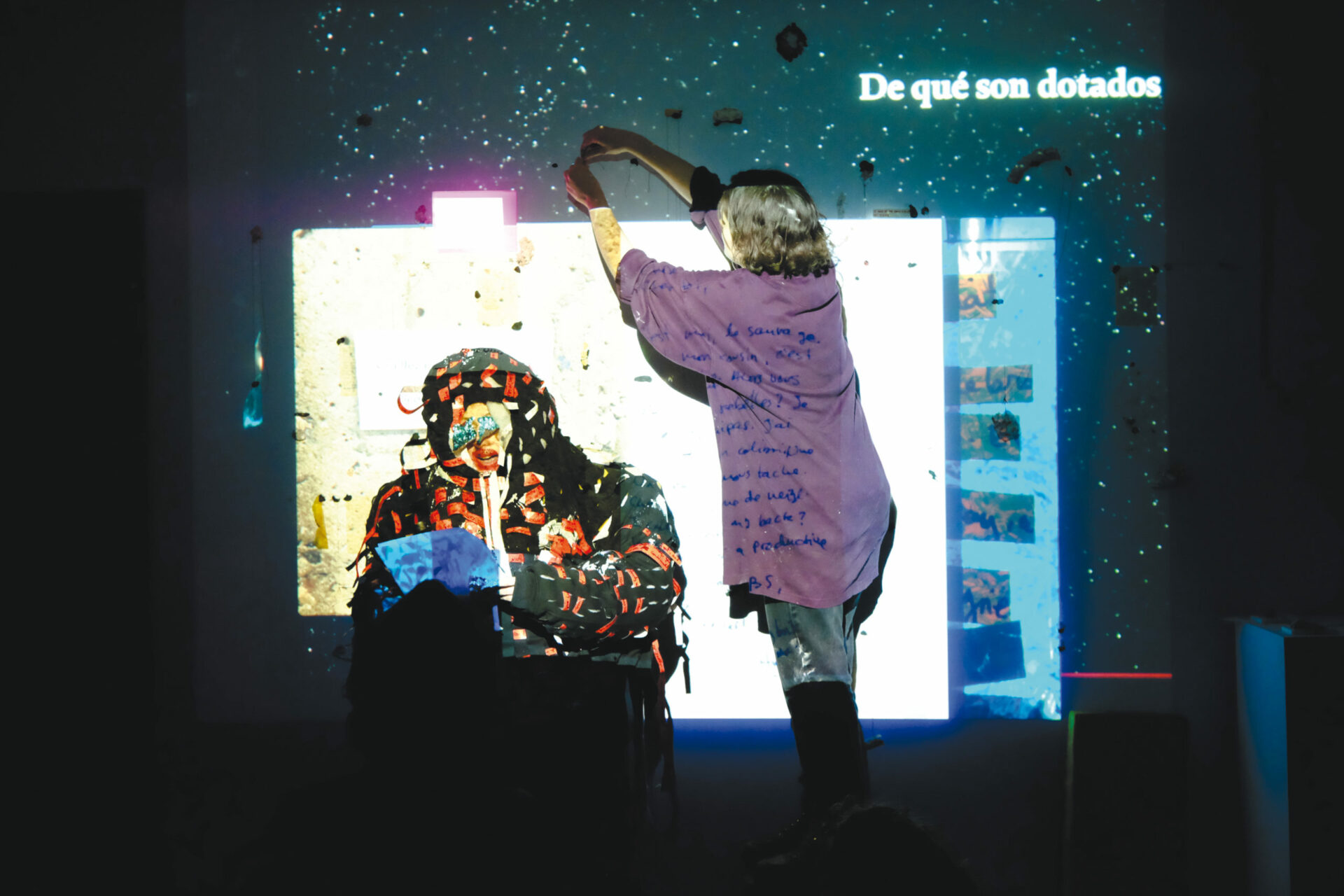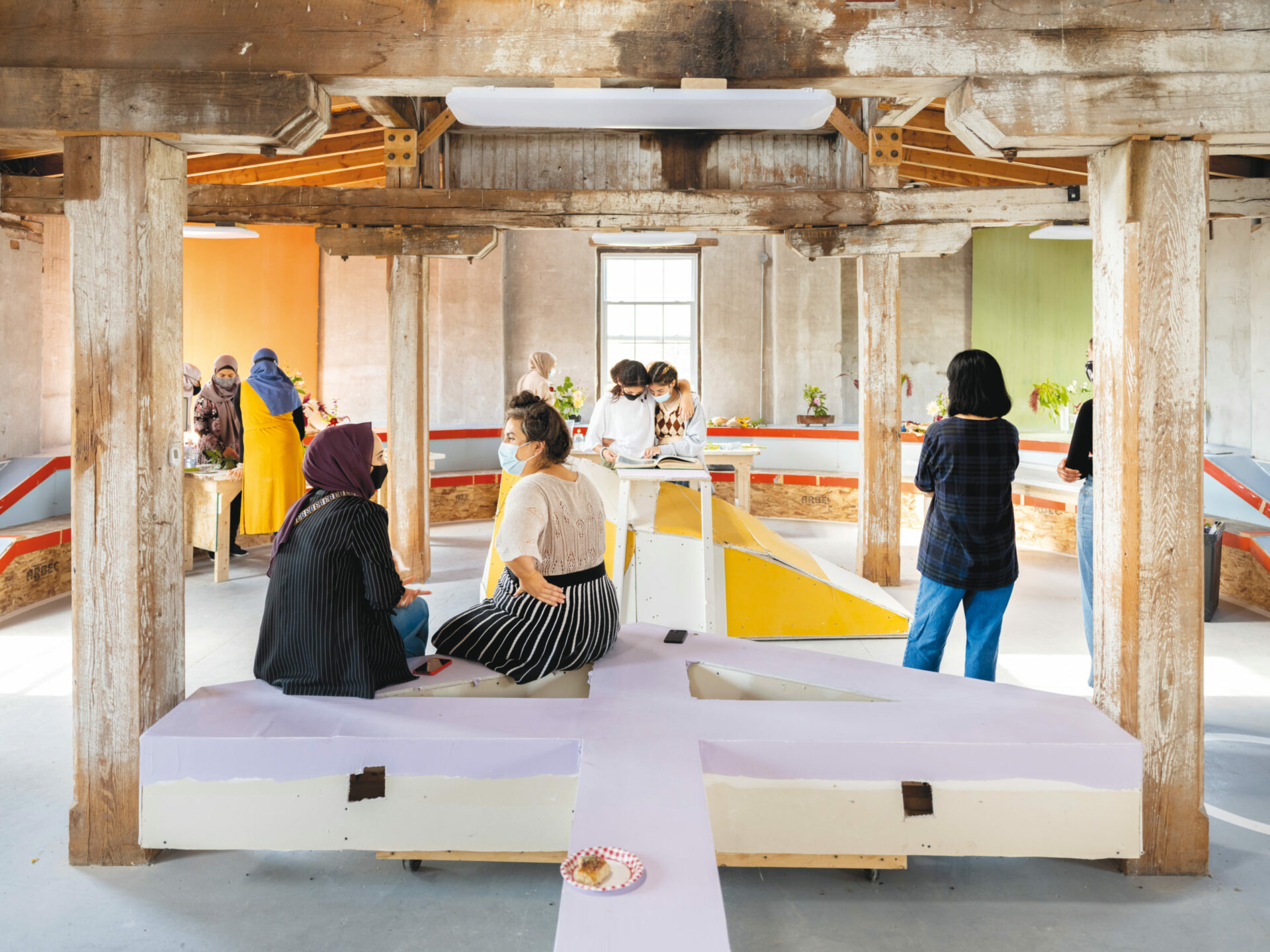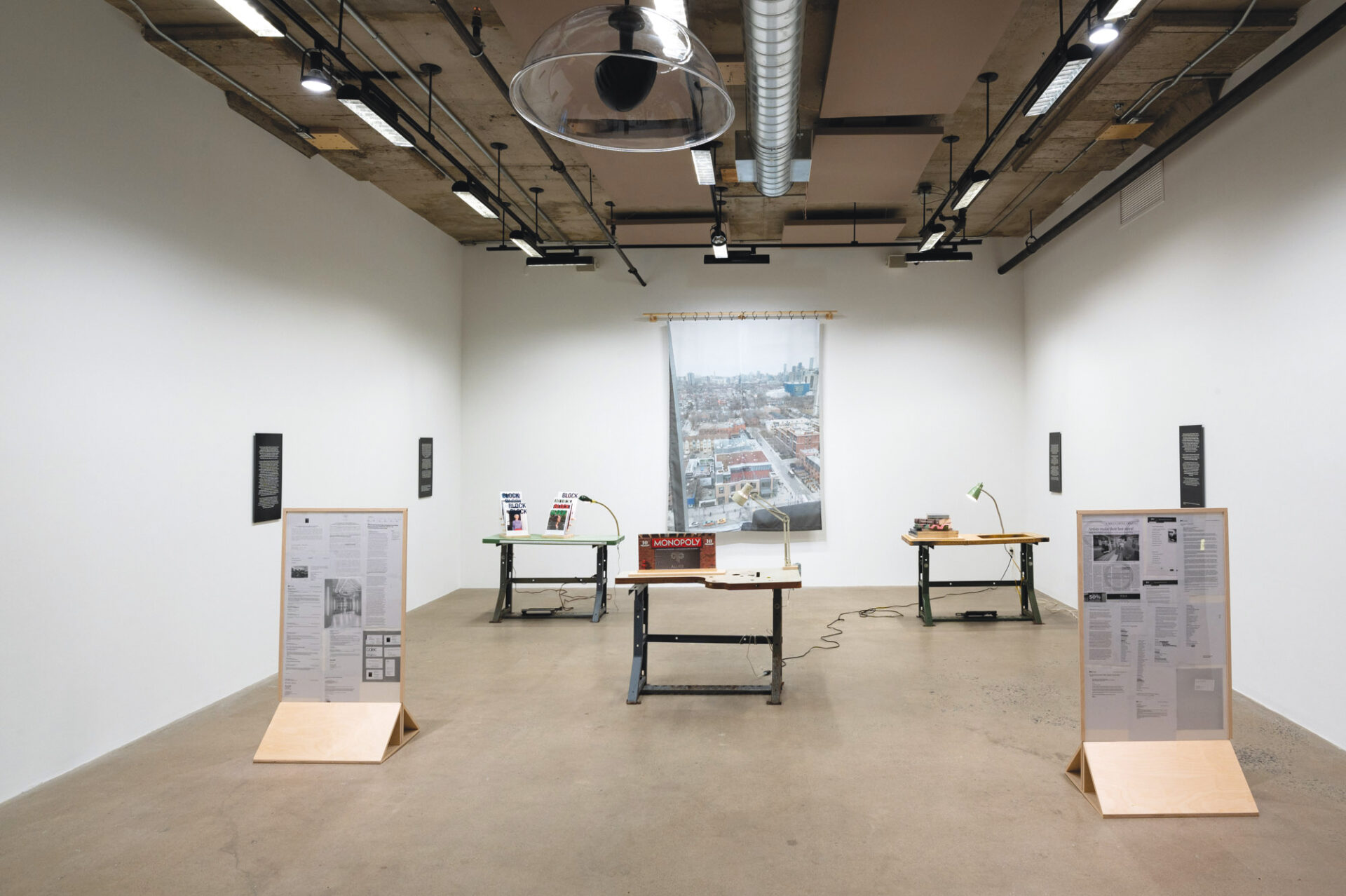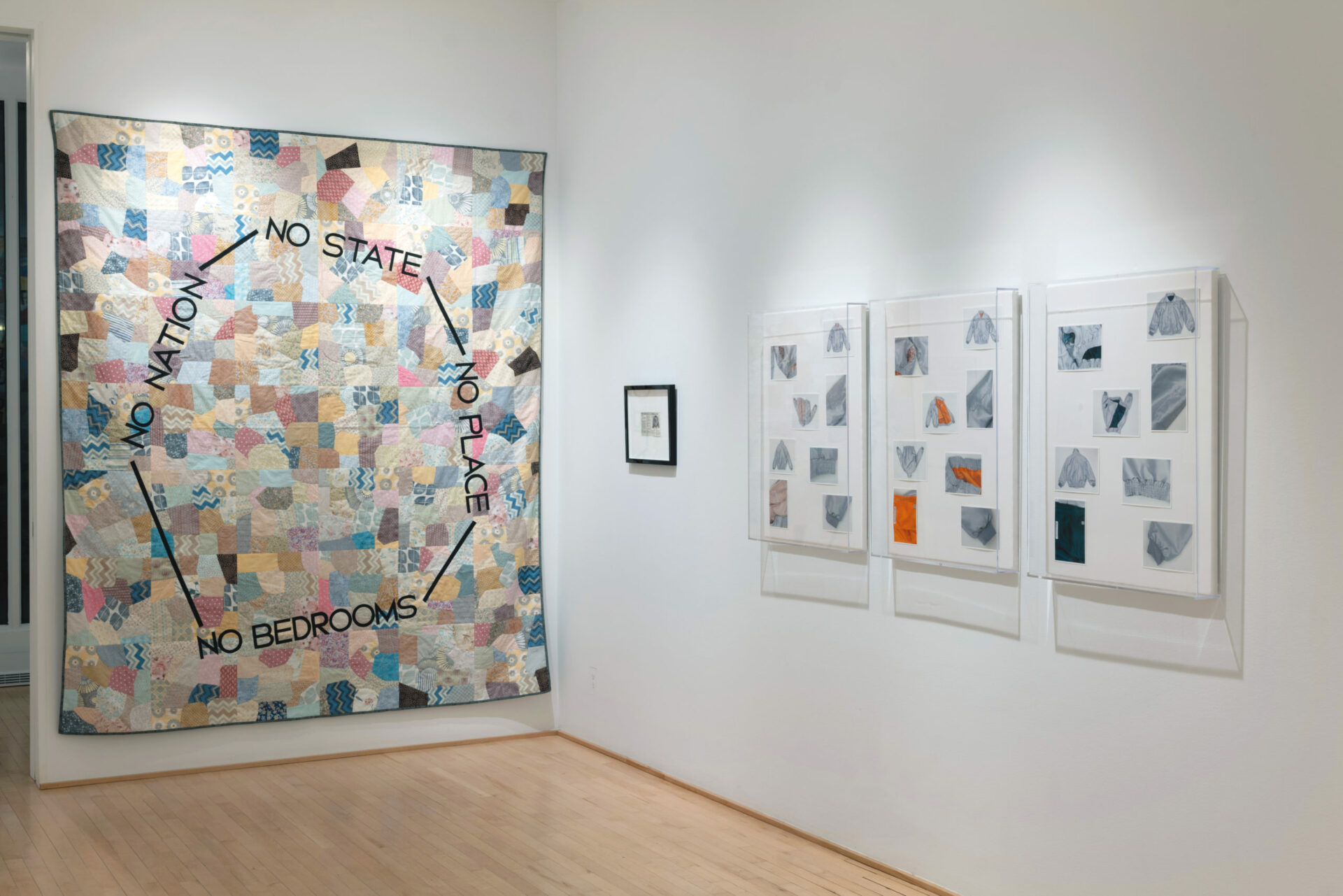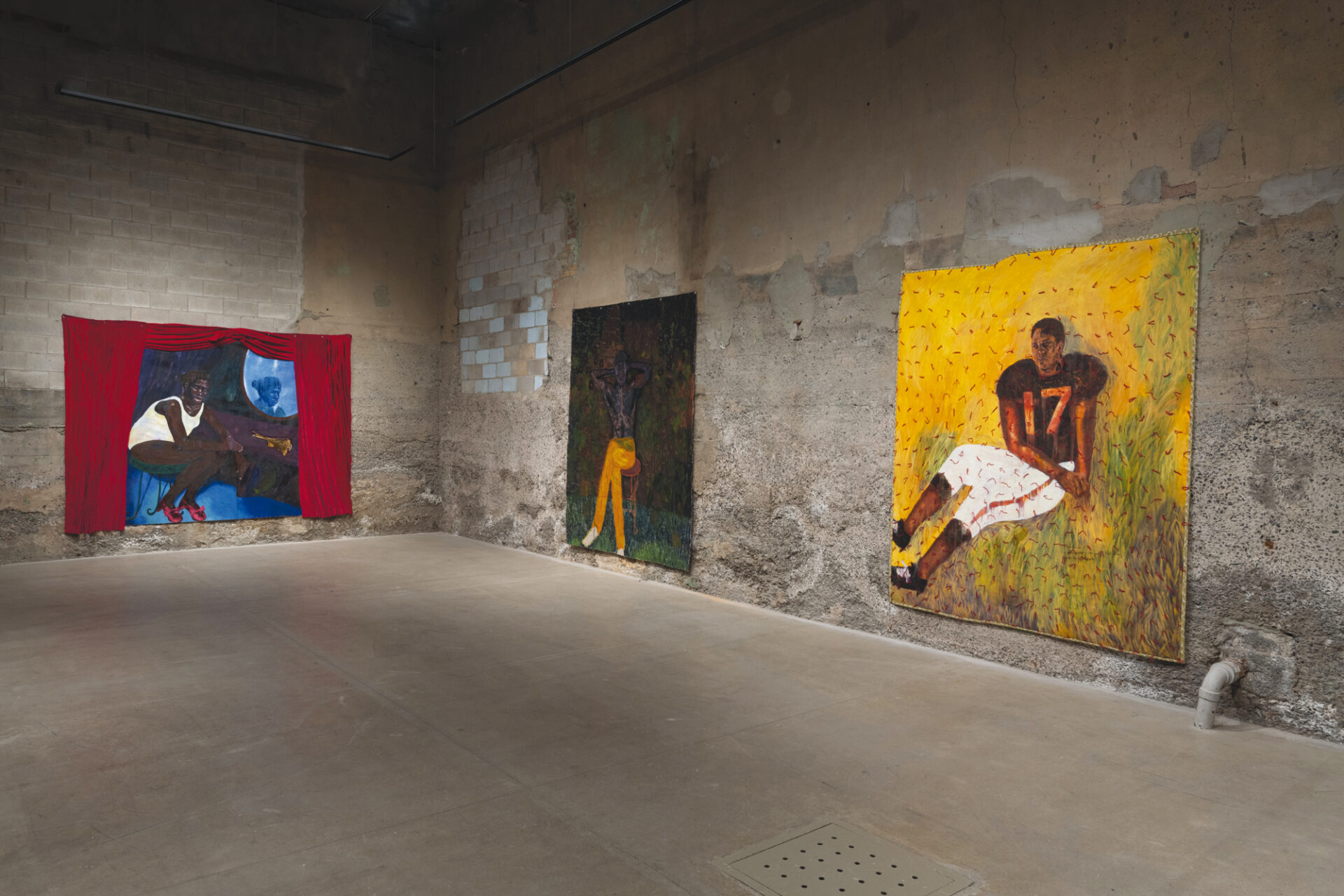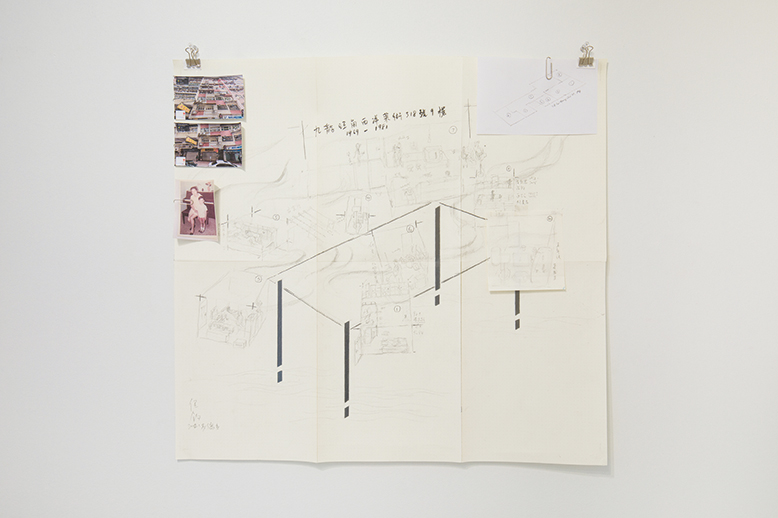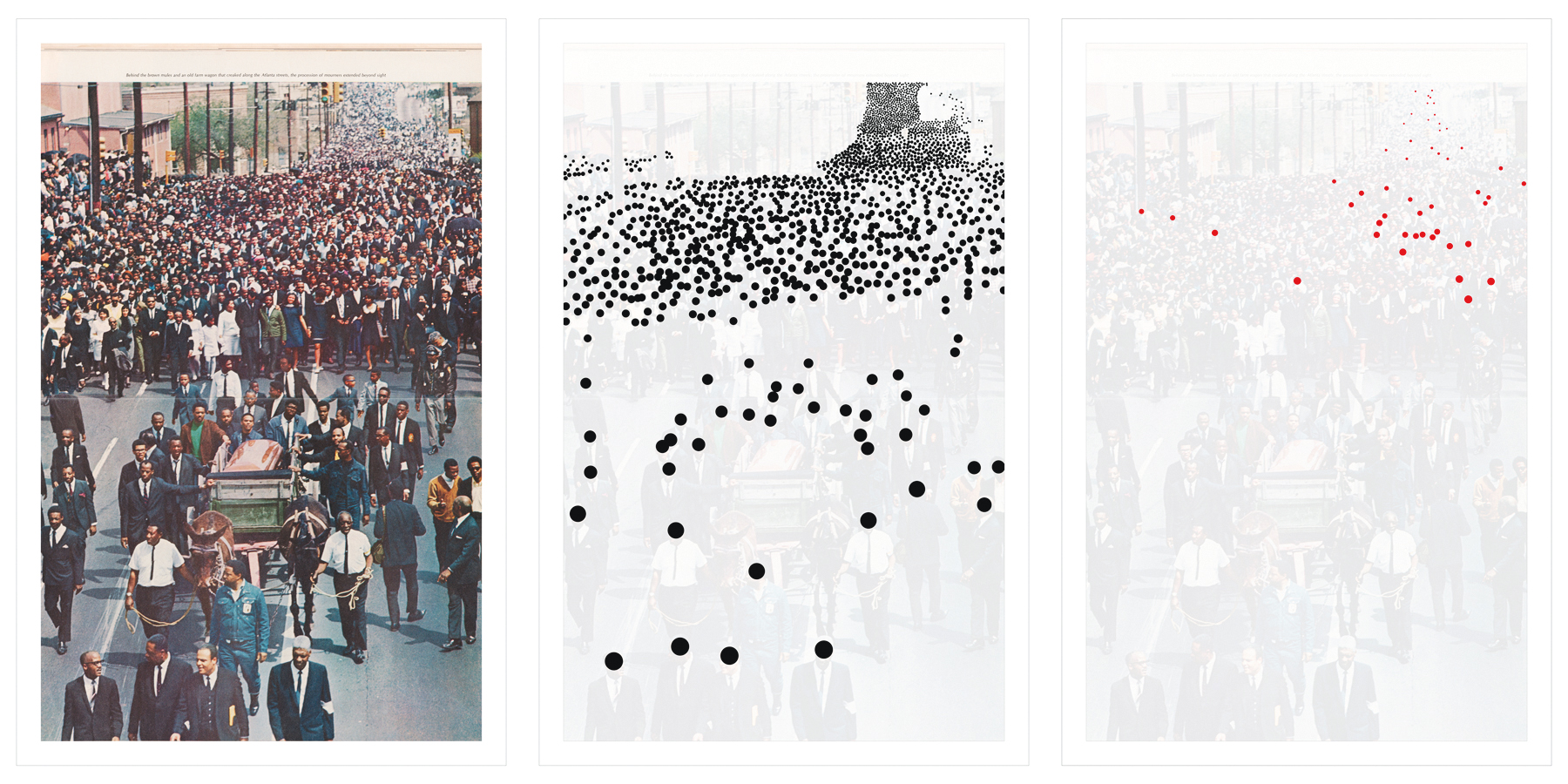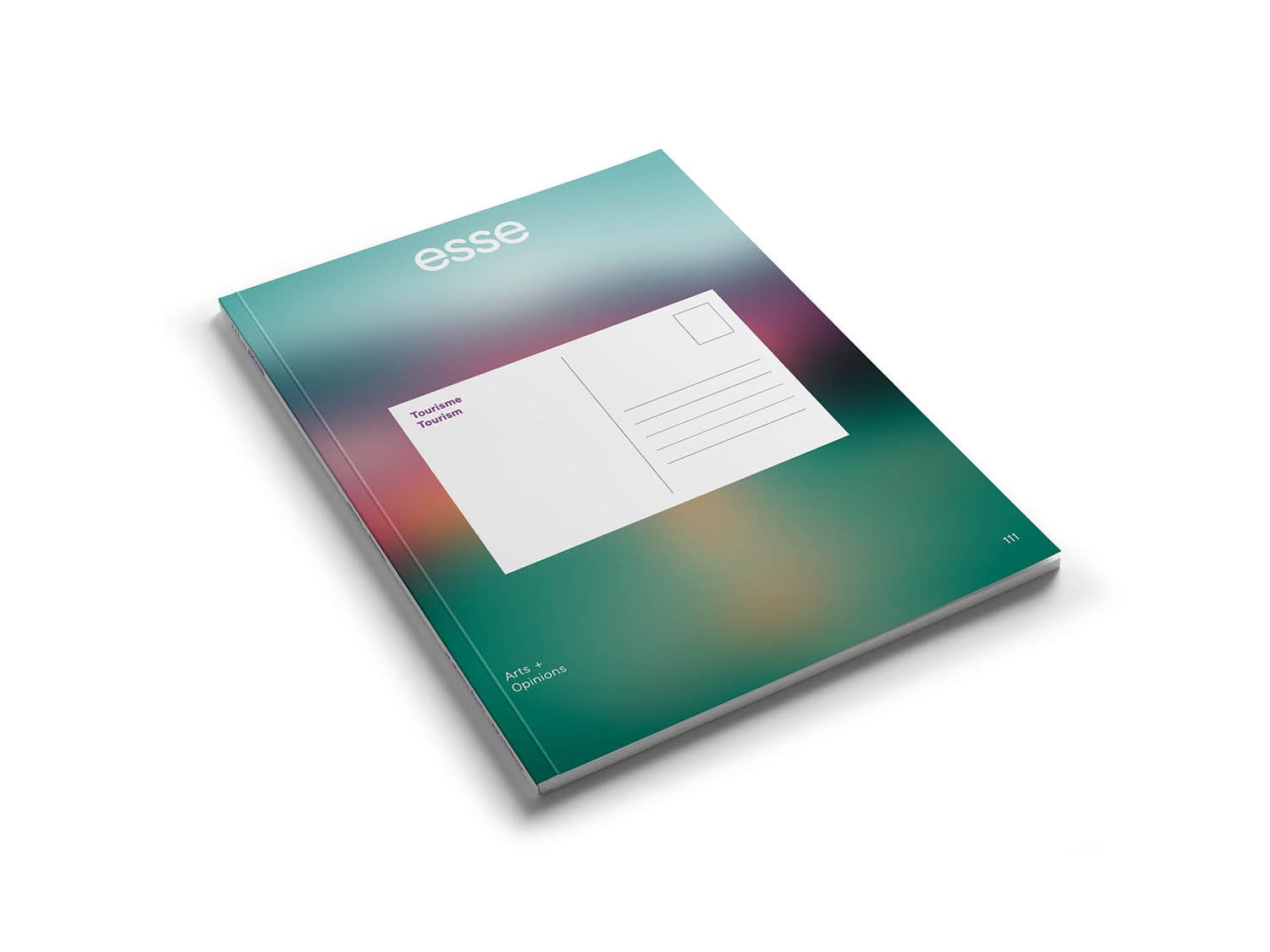Summary
104
Collectives
Winter 2022
This issue examines how working collectively problematizes power relations within art institutions and groups and how this affects the implementation of less hierarchical structures. Given the urgent need to act, in a world where a state of emergency has become permanent, laboratories of social action, interdisciplinary research groups, and international discussion forums are forming on the margins of the art field. Seeking alternative forms of “being together,” these new collectives are reviving the concerns of several decades of shared creation.
Editorial
Feature
The Shared Condition of Individual Thought
No One Gives a F**k About a Cop and Fredy: Conveying the Voices of the Collectivity
Toward an Ecology of Practices: The Research Group as Artist
Imagining Otherwise: The Indigenous Curatorial Collective on the Expansive Possibilities of Collective Work
Curating the School
Talking Cure: Dialogue as Collaborative Resistance
Portfolios
Columns
Reviews
Current Issue
Tourism
Spring Summer 2024
Because it is essential for it to be open to the world, art is particularly affected by concerns related to planetary travel. From a position at the intersection of contemporary art, leisure, ecology, and destination culture, Esse no. 111 observes artists’ and critical thinkers’ strategies for revisiting the very notion of tourism. Although the harmful impacts of the tourism industry are beyond question, the thematic section avoids falling prey to tourismphobia and simply pointing out its failures. Rather, this issue offers a guided tour of situations and places where art and tourism converge.
